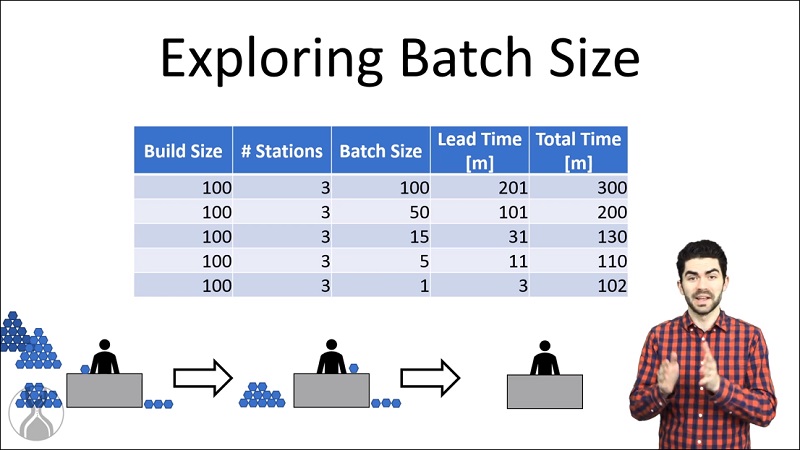The Fundamentals of Lean
Get started with the right foundation.
Many organizations are looking to develop lean thinking and practice, but they don't know where to start.
Lean Smarts can help.

Unlimited access for all employees at any location.

Access training curriculum on-demand in rich HD video.

Increase training effectiveness with facilitator resources.
Spare yourself the time and confusion of decoding lean and creating training materials.
Leverage Daniel’s experience as a virtual, on-demand, in-house trainer, in high quality HD video.
Align your management team and gain massive momentum on your biggest next steps.
Create your own in-house training program from the provided materials (if you so choose).
Video 1: Course Introduction

Video 2: What is Lean?

Video 3: The Lean House

Video 4: Value and Waste

Video 5: Stability

Video 6: Standard Work

Video 7: 5S

Video 8: Kaizen

Video 9: Heijunka

Video 10: Visual Management

Video 11: Continuous Flow

Video 12: Takt Time

Video 13: Pull Systems

Video 14: SMED

Video 15: Value Stream Mapping

Video 16: Jidoka

Video 17: Problem Solving

Video 18: Lean Management
